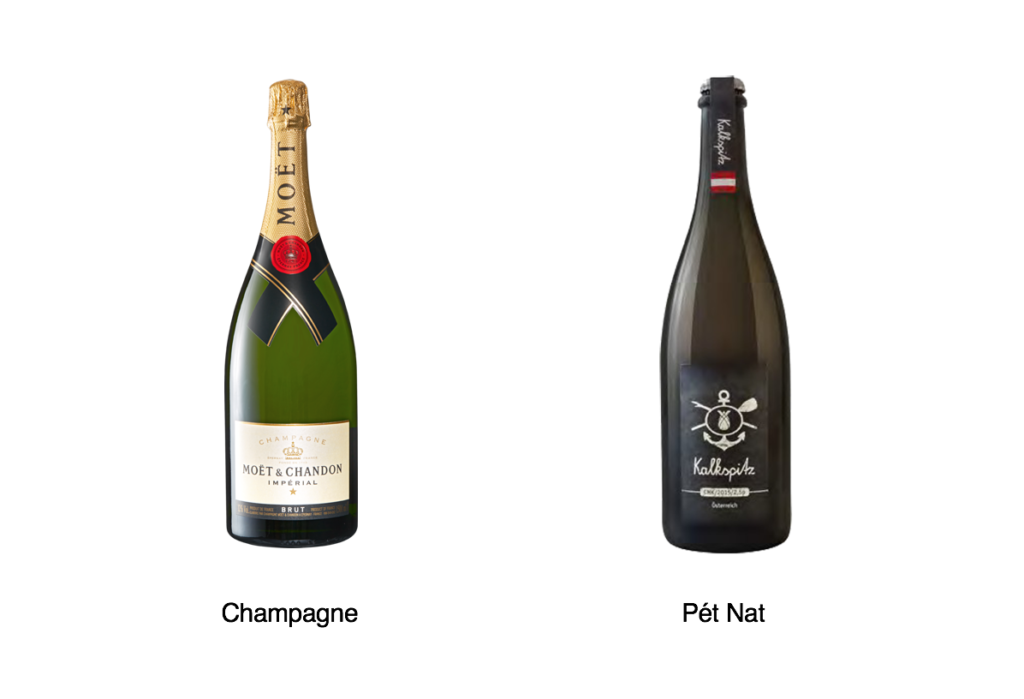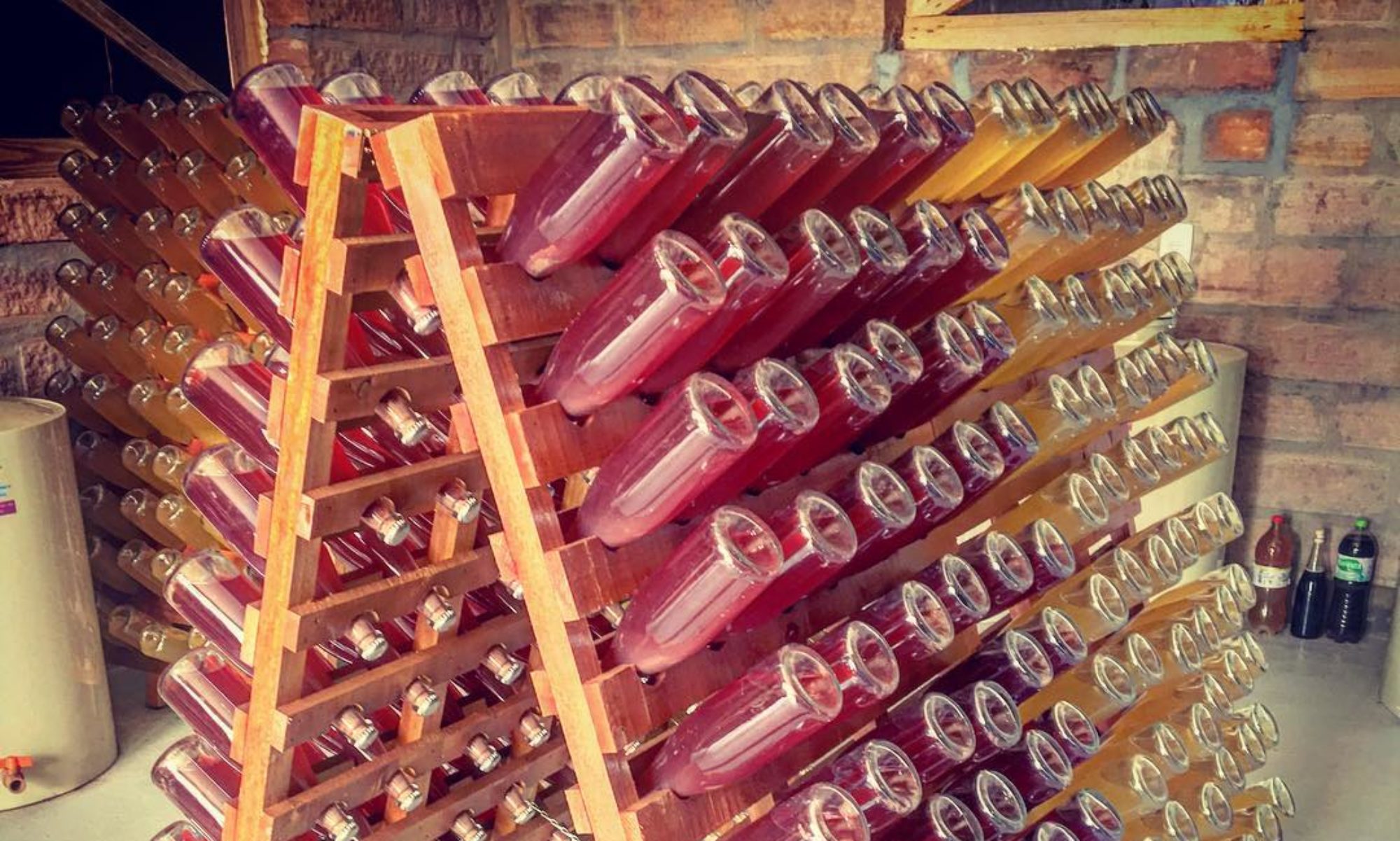Are pet nats just the «quick & dirty» version of champagne or are these natural wines marking a paradigm shift towards a new, more accessible, joyful approach to sparkling wine?
There are seven aspects that differentiate Champagne from pet nat:
- Fermentation: Pet nat only undergoes one fermentation, while champagne undergoes a second fermentation (induced by adding sugar, called «dosage»).
- Bottle age: Pet nat is usually drunk young (1-3 years from harvest), classic champagne needs several years to mature and develop its characteristic complexity.
- Farming: Most producers of pet nat follow an organic and often times even biodynamic approach. They consider themselves as artisanal winemakers and produce only a limited amount of bottles each years. On the other hand, traditional producers of Champagne source their grapes from hundreds of mostly non-organic farmers. There are however exceptions to the rule: Louis Roederer, a big, traditional Maison de Champagne, is converting to biodynamic and an increasing number of young producers challenge the traditional way of producing champagne, under the label of «grower champagne».
- Taste: Pet nat is often described as tasting «funky», because we are unfamiliar with the range of aromas they provide. These wines are certainly fizzy, sometimes slightly sweet, and feature mostly fruity aromas (pear, lemon, apple). Think of a sparkling wine version of a complex, juicy IPA beer. Also, pet nats are often cloudy, as many producers don’t filter their wines. Champagne, on the other hand, features more complex aromas and usually also more bubbles, due to the second fermentation. They combine sometimes smoky, slightly reductive aromas (freshly struck matches), along with notes of lemon, ripe fruit honey, and yeast/bread aromas. The best champagne and pet nats are refreshing and provide a chalky, mineral experience.
- Design: Classic champagne follows a very traditional, «royal» and sometimes uniform style of packaging (golden letters, ornaments, oldschool fonts, embossing, etc.). Pet nats look very different. They are showcases for young designers, play with words, are colorful and look just as funky as they taste. The packaging also usually differs in one important detail: Champagne bottles are sealed with the characteristic large corks. Pet nat, on the other hand, is usually crowned with just a modest crown cork (again, think IPA).
- Price: Pet nats are more affordable than classic champagne. You can get a good, artisanal pet nat for less than $20.
- Origin: Champagne is only called champagne if it originates from the region of Champagne in France. Other famous sparkling wines come from Spain (Cava) and Italy (Prosecco). Good pet nats are produced all over the world: Germany, France, Austria, Spain, Australia, even Brasil.

Learn more about pet nat and natural wine: What is Pét-Nat?
